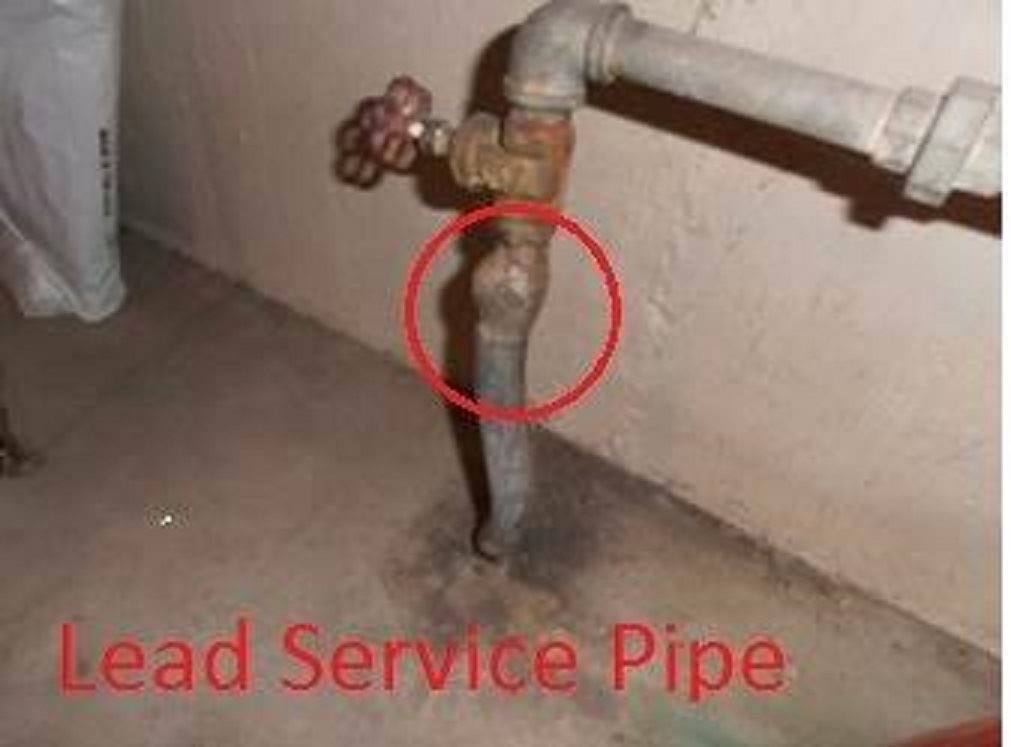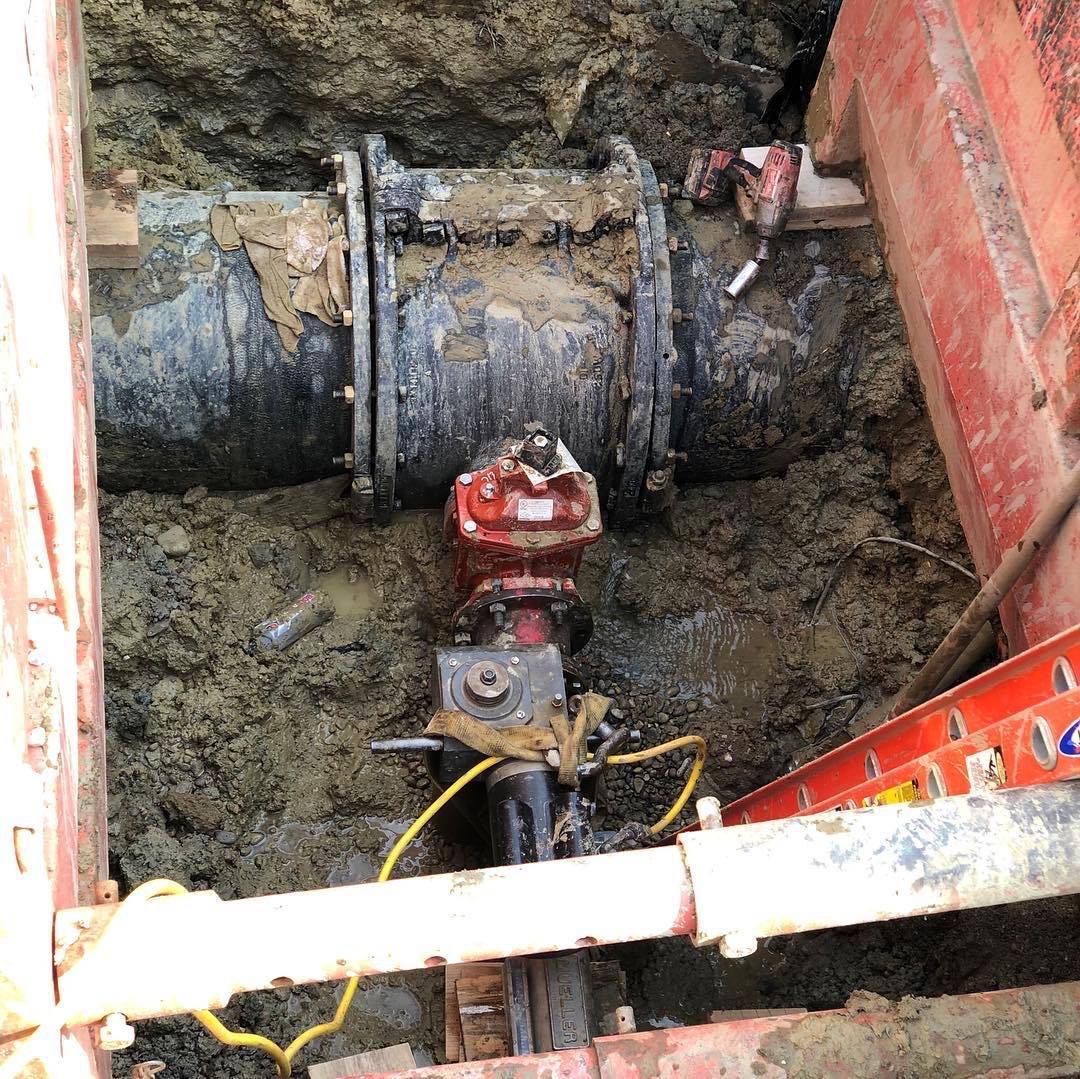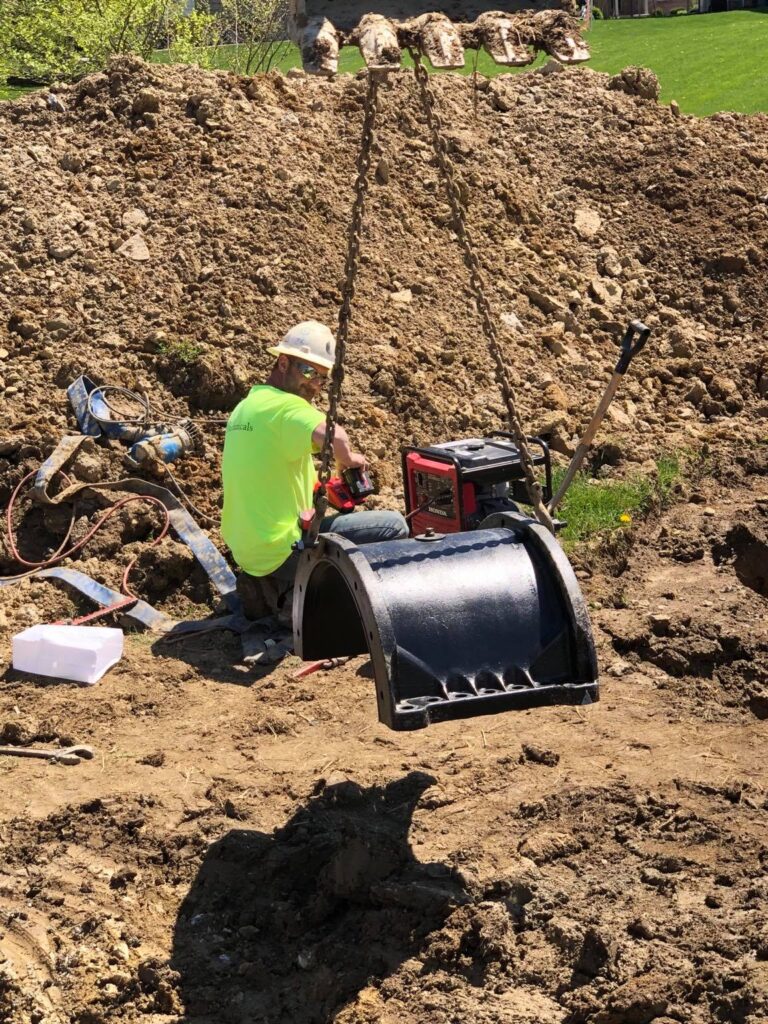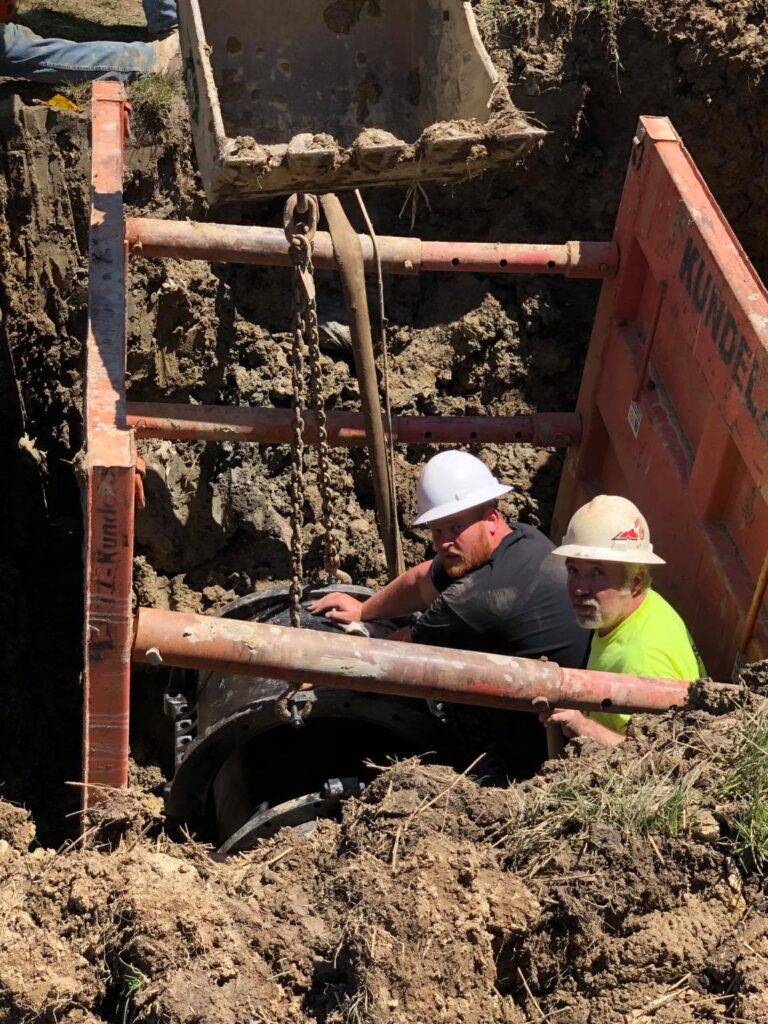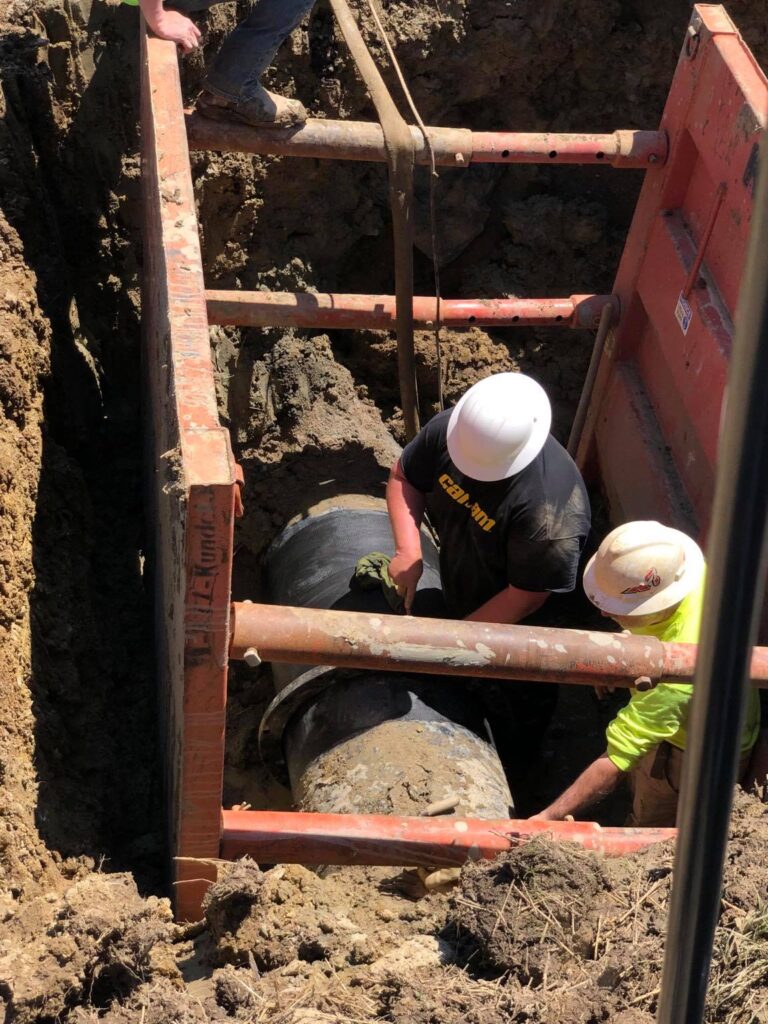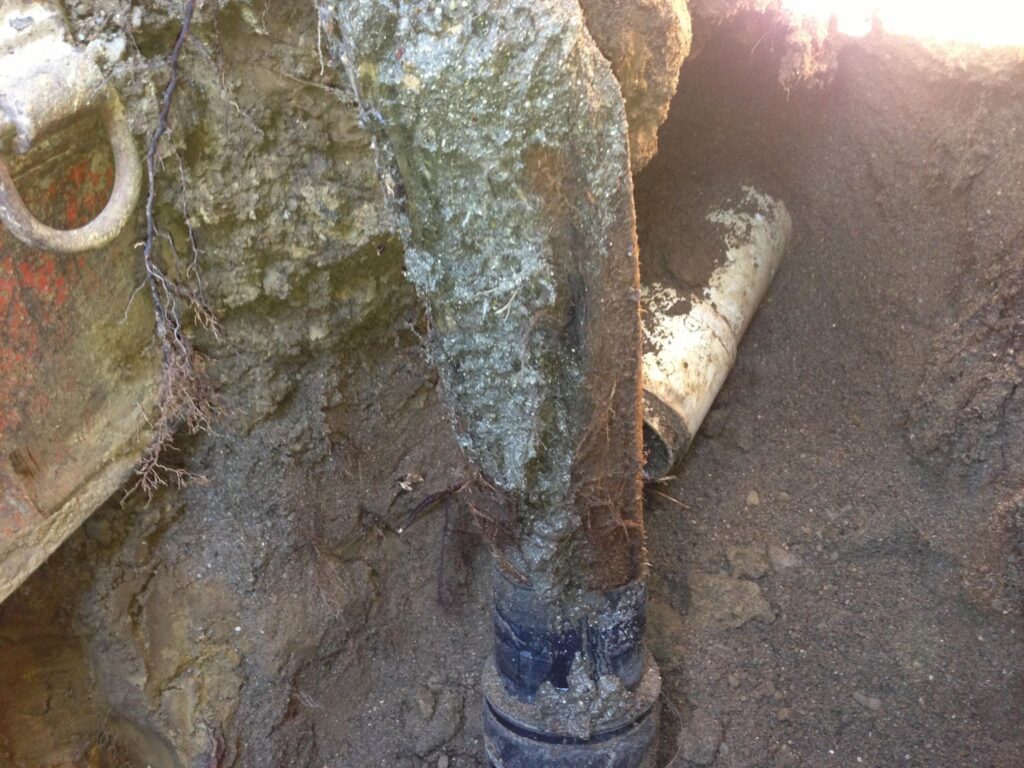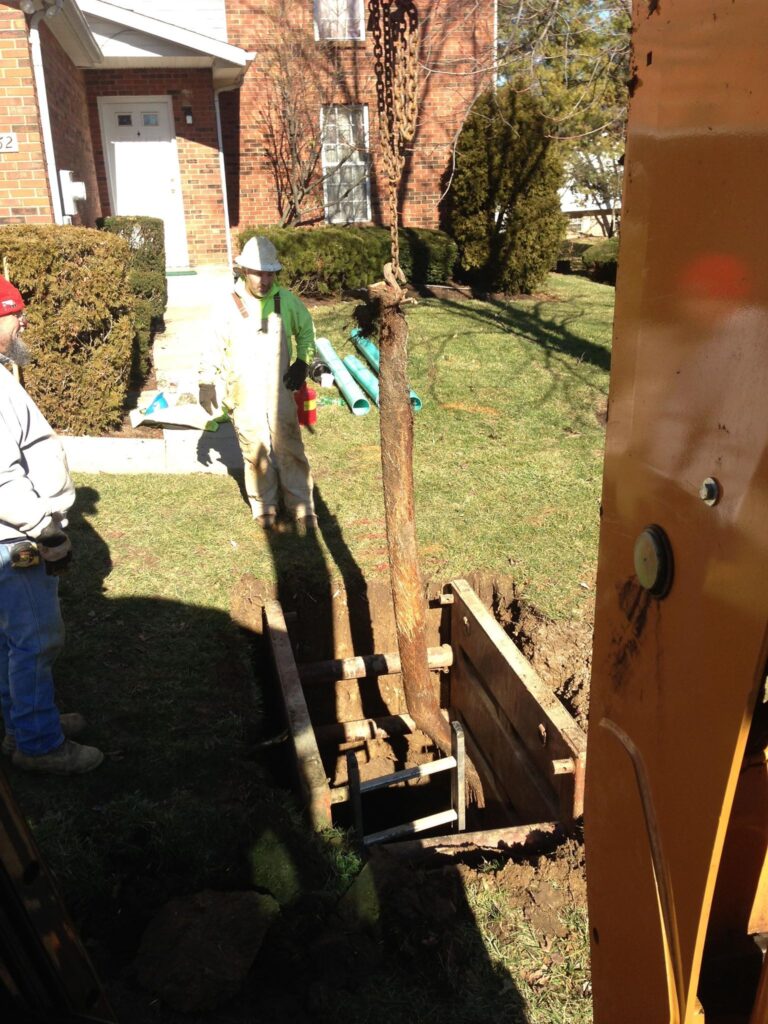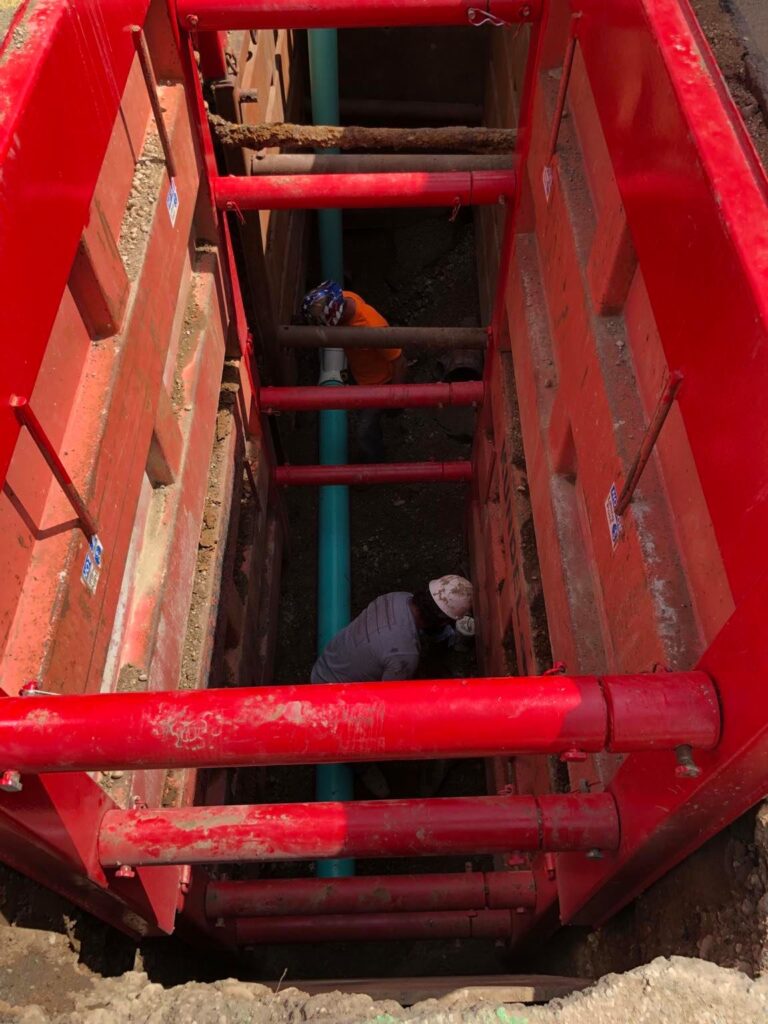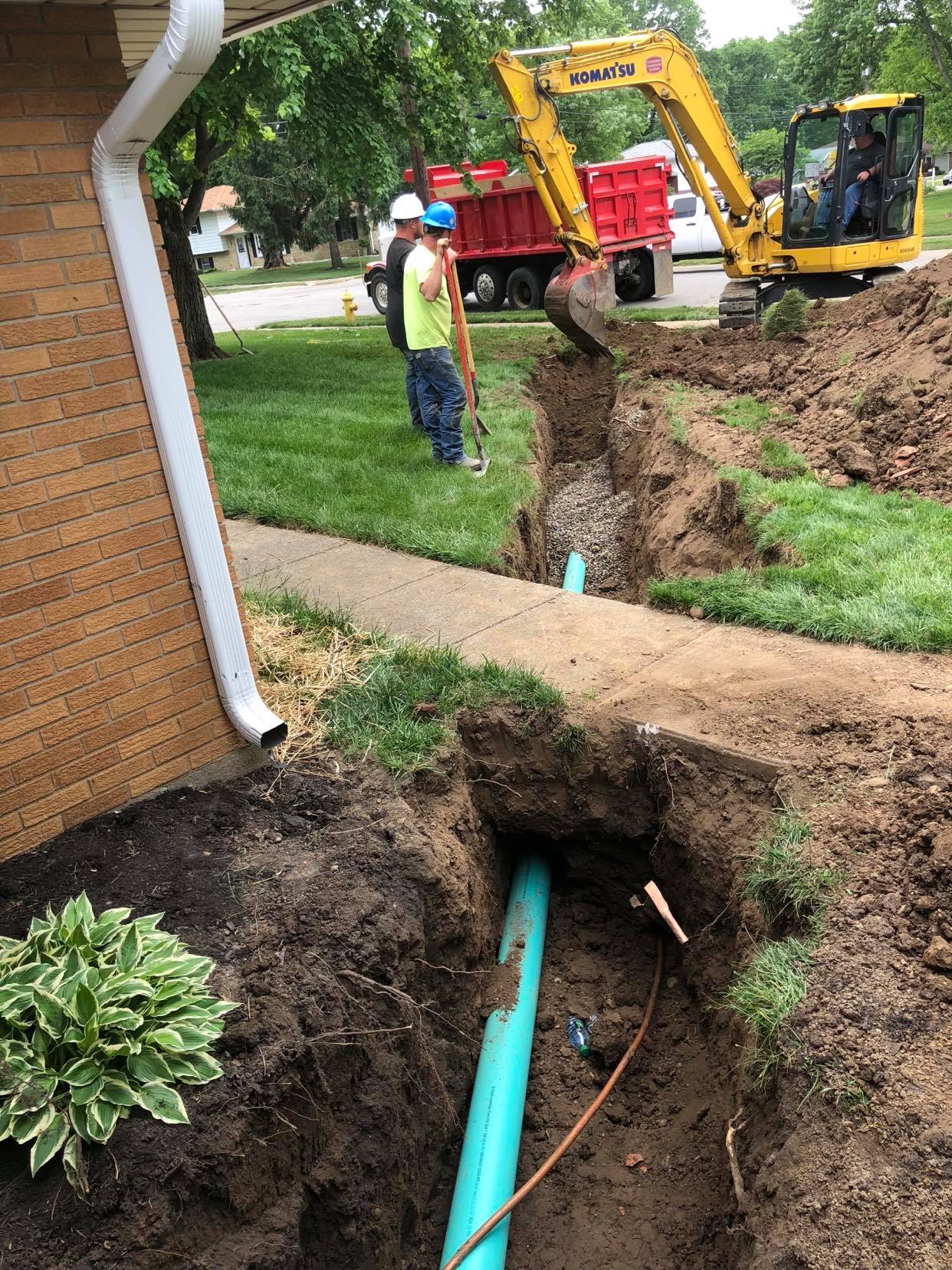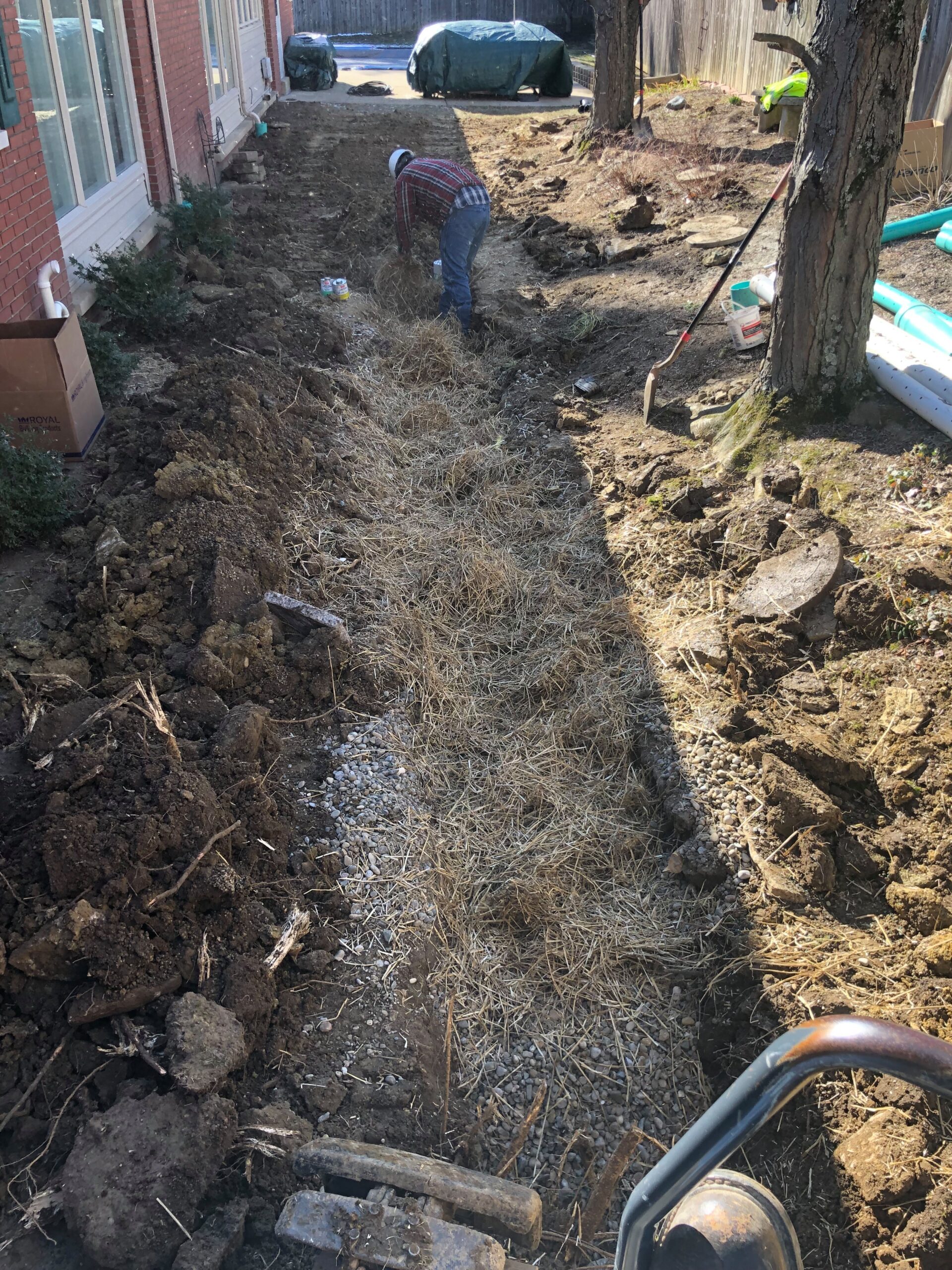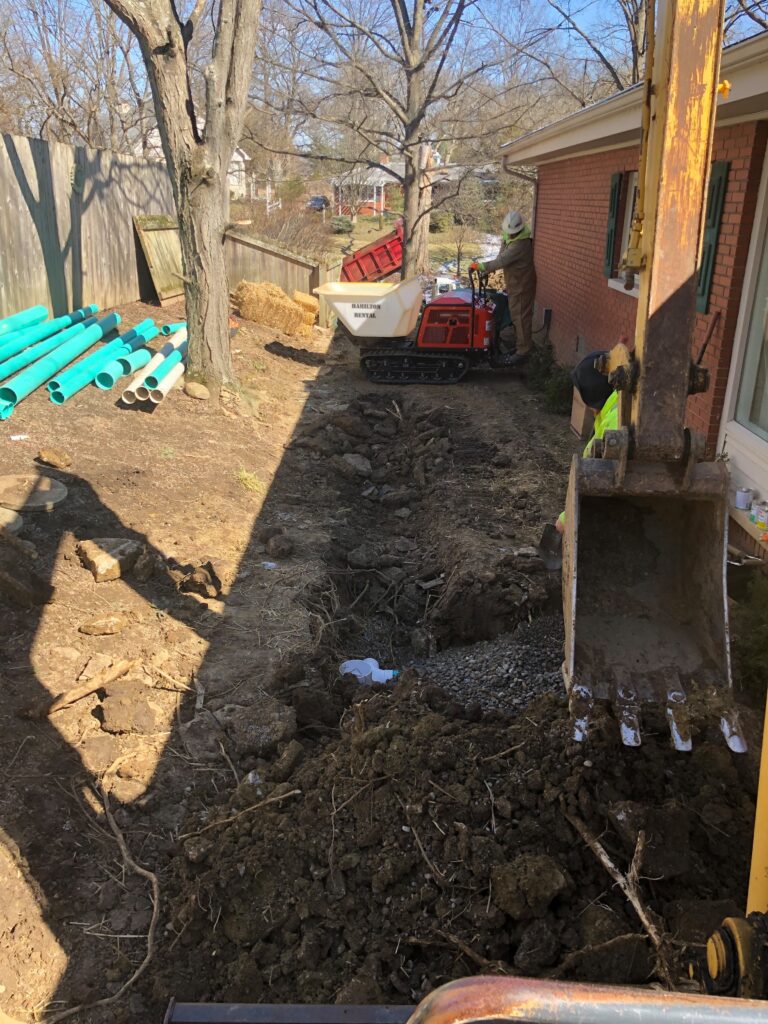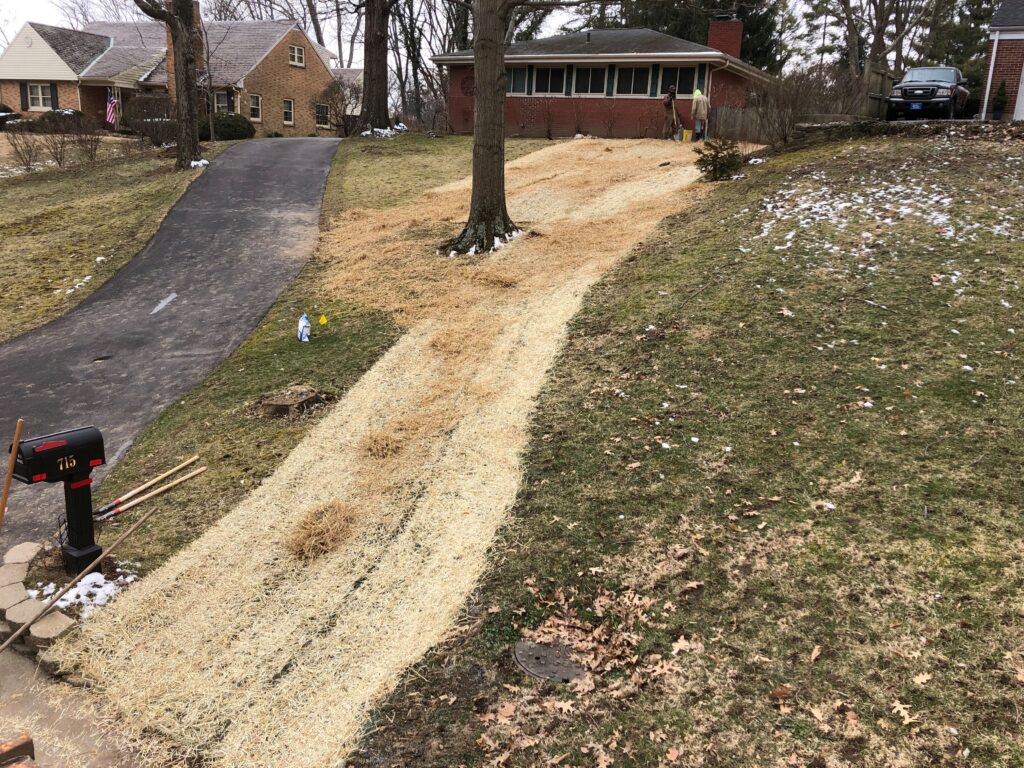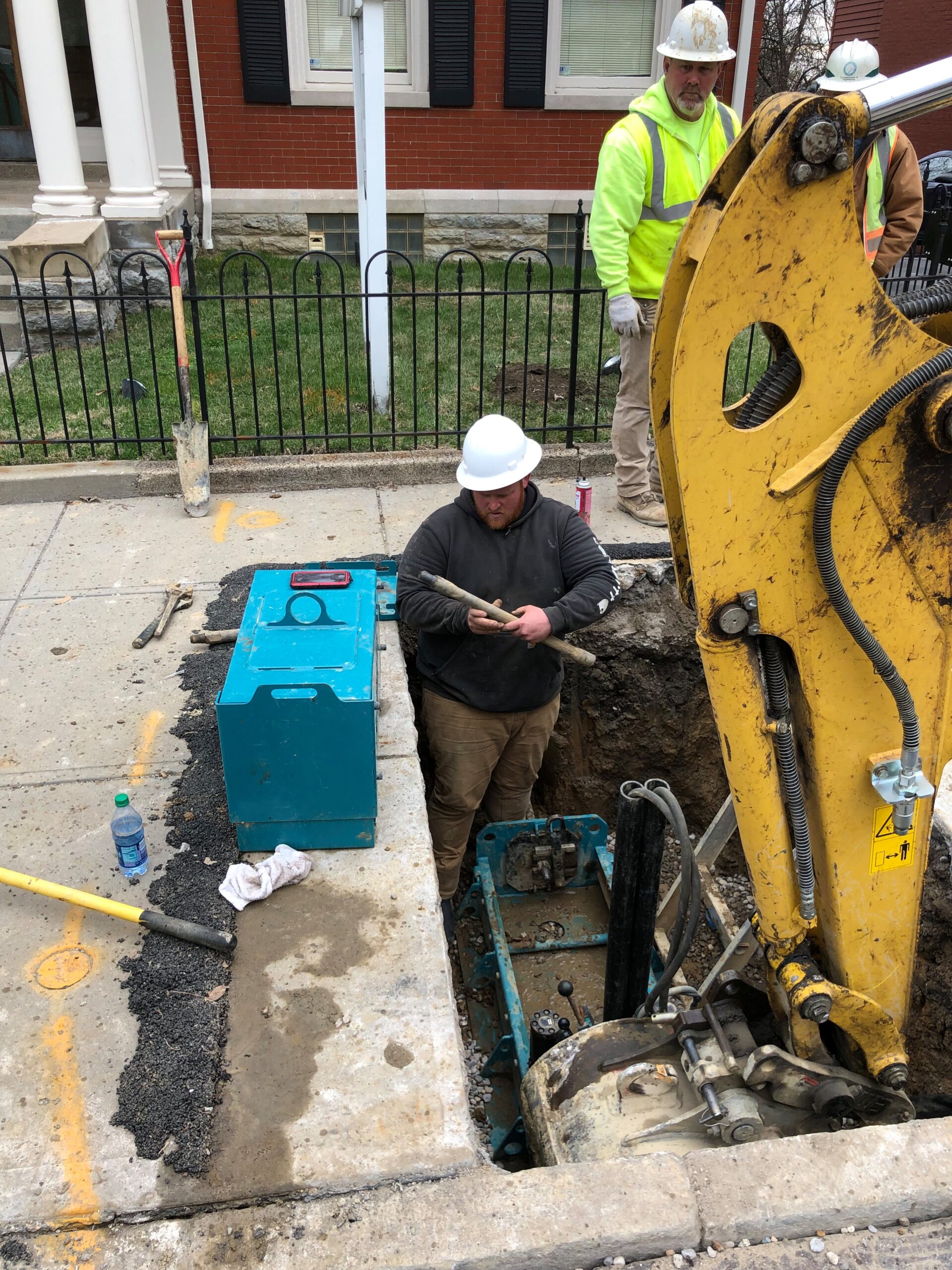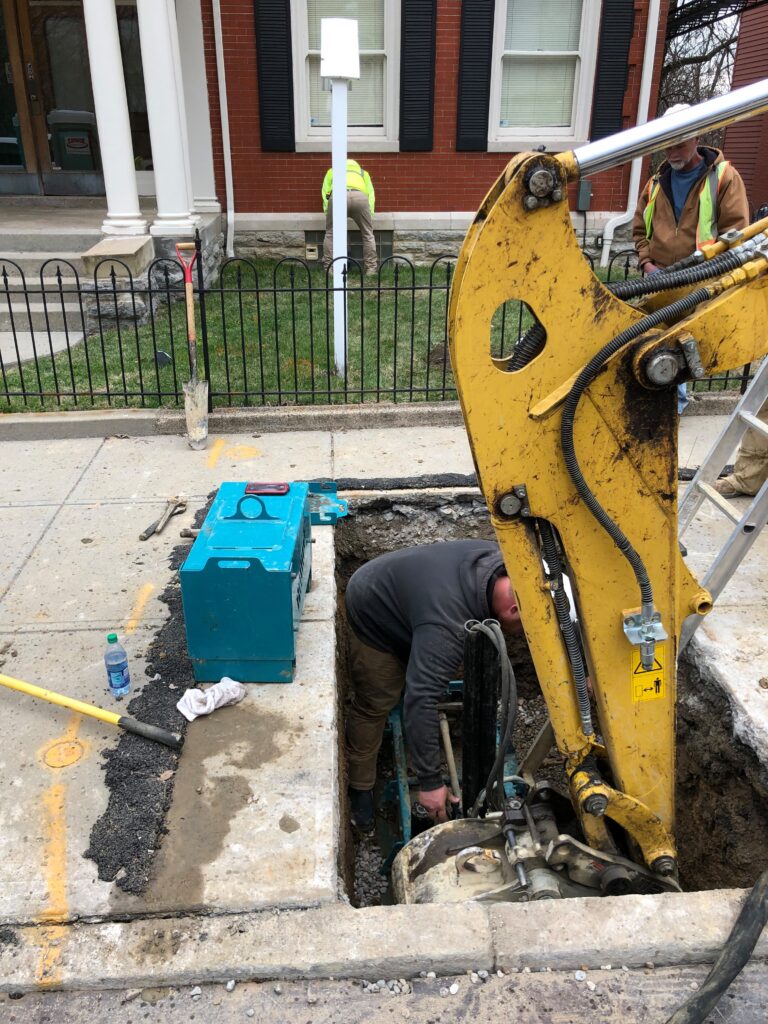Fire hydrants, essential to control and extinguish fires, also play a role in the proper functioning of complete water systems.
Basically, a fire hydrant opens up a valve that allows water from the public water systems to flow at high pressure. Moreover, fire hydrants make part of the larger water system that controls the water supply for entire cities. Generally, they respond to a series of standards and codes that each city imposes, and every commercial building owner should know.
Most public and private fire hydrants function through a connection to the main underground water-utility-pipeline. This option is not exclusive though; a privately owned fire hydrant can have other types of water supply.
Fire Hydrants are Non-potable Water Systems
The public water supply treats its water to be drinkable. Thus, the water that goes through a fire hydrant is processed, the stagnant water in the pipes contaminates all the “new” water that passes through.
Who needs a fire hydrant?
Most fire hydrants belong to the city or the utility company and make part of the fire prevention system. When a business owner builds or buys a commercial building, the fire prevention system may need a fire hydrant.

Fire hydrant repair services
- Replace worn gaskets and parts
We will replace all the gaskets and worn components and even the fire hydrant itself!
- Repair leaking hydrants
If the hydrant leaks, we will be at the site as soon as possible to stop the gushing water and repair it.
- Lower or raise the breakoff flanges
Fire hydrants need to be installed at a determined depth. Therefore, the changes in the ground around a hydrant can affect its performance. We will raise or lower the fire hydrant to ensure its proper functioning.


